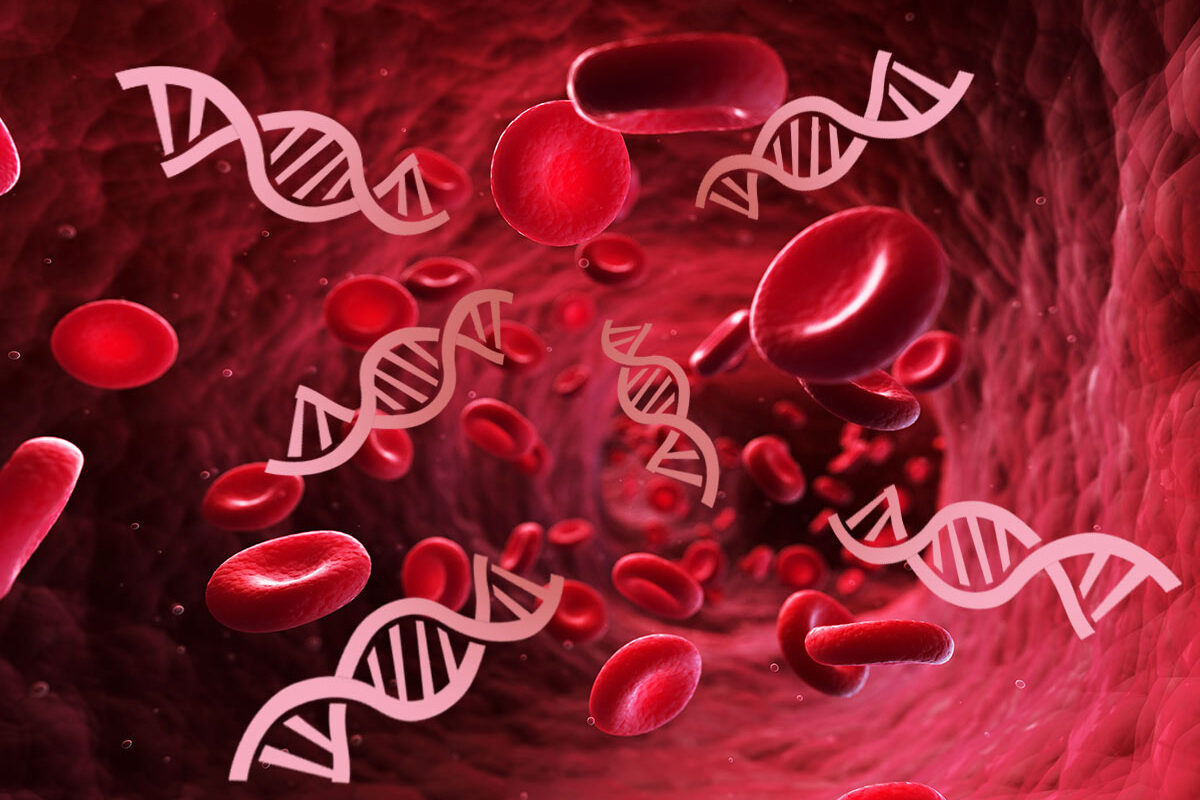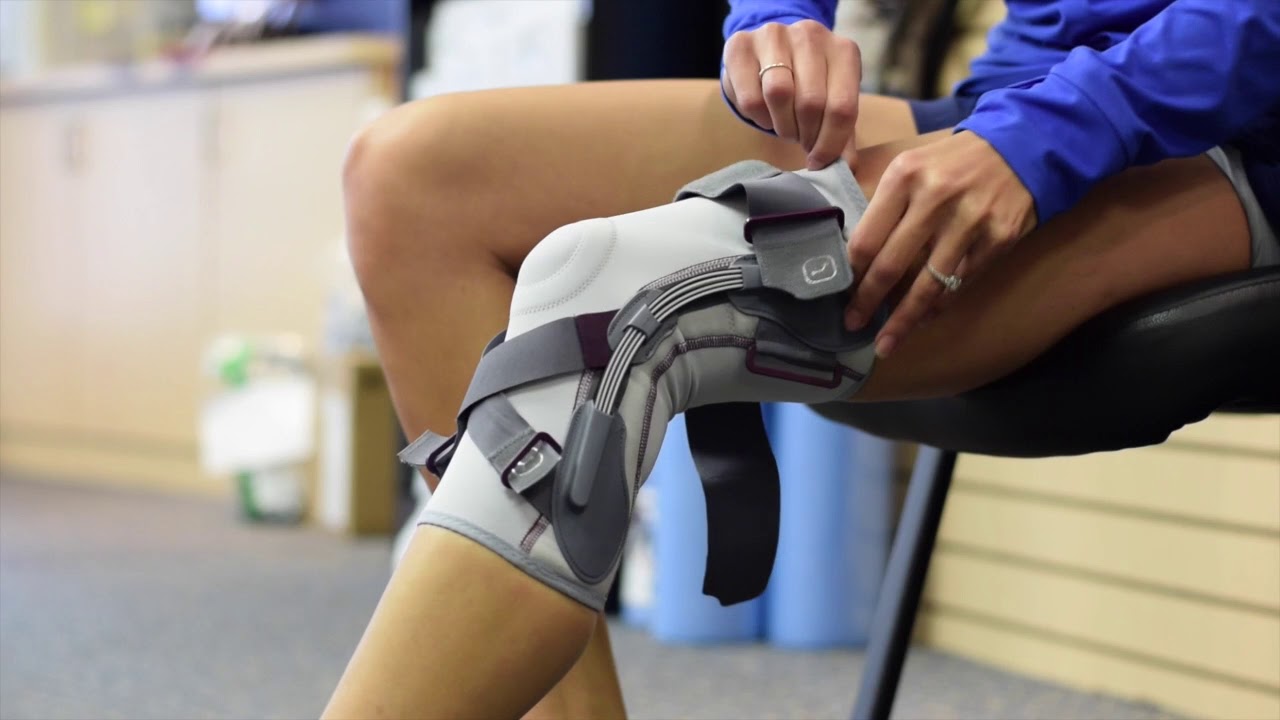Cancer is one of the leading causes of death worldwide with millions of new cases diagnosed each year. Early detection and accurate monitoring of cancer progression is critical for effective treatment and improved patient outcomes. Conventional methods like biopsies have limitations for repeated monitoring over time as they are invasive procedures. However, recent advancements in liquid biopsy techniques have shown promise in overcoming these limitations by analyzing circulating cell-free tumor DNA (ctDNA) in blood samples.
What is ctDNA?
Circulating tumor DNA (ctDNA) refers to fragmented DNA from tumor cells that circulate in the bloodstream of cancer patients. When tumor cells die, they release DNA into the blood that can be detected. ctDNA contains genetic alterations like mutations that are specific to a patient’s cancer. It provides a “liquid biopsy” alternative to tissue biopsies for detection and monitoring of cancer.
ctDNA detection and analysis
Specialized blood tests have been developed that can isolate and analyze Circulating Cell-Free Tumor DNA from a simple blood draw. Advanced genomic techniques like next-generation sequencing are used to detect tumor-specific genetic alterations in ctDNA. Only a tiny fraction of ctDNA is present compared to the normal cell-free DNA in blood from non-cancerous cells. Sophisticated bioinformatics are required to analyze huge amounts of sequencing data and identify the rarer ctDNA mutations. Commercial liquid biopsy tests are now available that can detect over 50 actionable genomic alterations in ctDNA with high accuracy.
Applications in cancer diagnosis
The detection of ctDNA in blood has shown promise for non-invasive cancer screening and early detection. For cancers that spread early like lung or colon cancer, ctDNA may be detectable even before tumor growth is visible on imaging. This allows for earlier diagnosis. ctDNA analysis was able to detectearly-stage cancers in proof-of-concept clinical studies with a high degree of specificity and sensitivity compared to standard diagnostic methods. Liquid biopsies hold great potential to facilitate widespread population-level cancer screening.
Monitoring treatment response and recurrence
Monitoring ctDNA levels during and after primary cancer treatment allows for real-time surveillance of treatment response or early detection of relapse. Rapid decreases in ctDNA after surgery or chemotherapy typically indicate good response to therapy. Persistent or increasing ctDNA levels could serve as early biomarkers that signal ineffective treatment or relapse when tumors are still non-detectable by standard imaging. Serial ctDNA testing is being investigated as a non-invasive alternative to repeated invasive tissue biopsies for long-term patient monitoring. This enables timely intervention and improved clinical management decisions.
Tracking cancer evolution and resistance
Detailed ctDNA analysis provides a glimpse into how cancer evolves dynamically in response to selective pressures from therapies. Emergence of new mutations in ctDNA can serve as early warning signs of developing drug resistance even before clinical relapse. Tracking changes in mutant allele fractions of ctDNA allows monitoring of clonal selection and elimination during treatment. This type of real-time liquid biopsy surveillance could guide clinical decision making such as altering or stopping ineffective treatment regimens early based on detection of acquired tumor mutations associated with resistance.
Clinical utility and future directions
While still an emerging field, ctDNA analysis shows significant potential to enable non-invasive, real-time interrogation of cancer genomes for improving diagnosis, monitoring disease burden and tracking treatment response over time. Ongoing refinement and standardization of liquid biopsy technologies, analytical methods and clinical validation in large prospective studies will determine how efficiently this approach can be integrated into routine cancer management algorithms. Liquid biopsies may revolutionize personalized cancer care by facilitating flexible, repeated sampling throughout all stages of the disease. Widespread clinical implementation still requires overcoming challenges around test sensitivity, cost-effectiveness and reimbursement.
The ability to detect and analyze circulating tumor DNA extracted from a simple blood draw holds great promise for advancing less invasive methods in oncology. ctDNA liquid biopsies may help realize the goal of truly personalized, real-time tumor monitoring as a complement or alternative to tissue biopsies. ongoing research seeks to maximize clinical utility and cost-effectiveness so this approach can benefit large patient populations. ctDNA analysis holds tremendous potential to transform cancer diagnosis, monitoring and tailored treatment strategies.
*Note:
1. Source: Coherent Market Insights, Public sources, Desk research
2. We have leveraged AI tools to mine information and compile it



